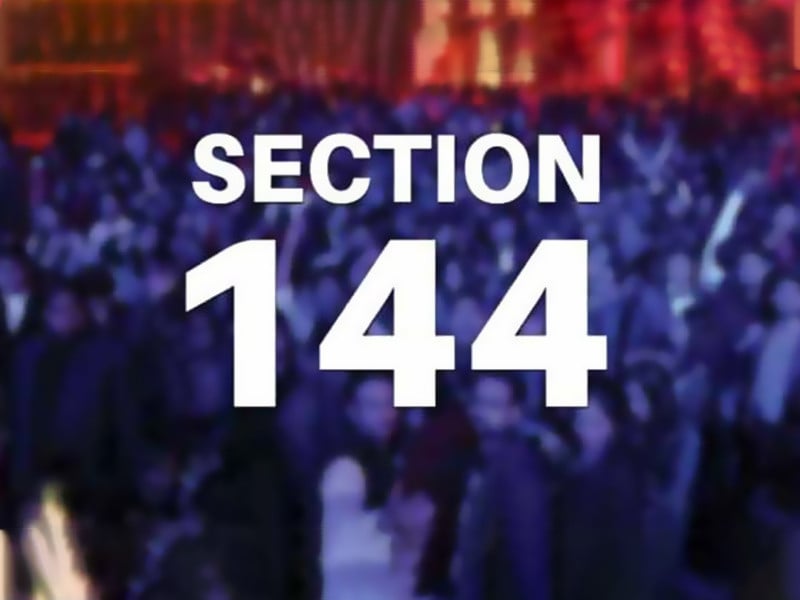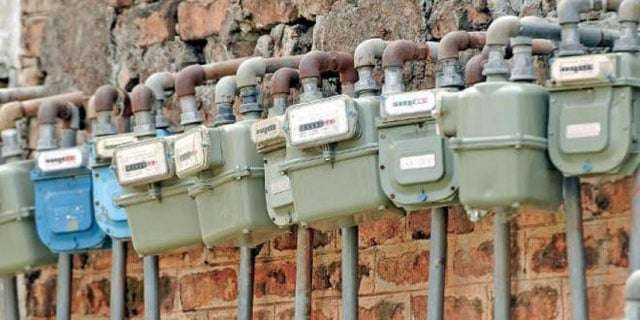Hey there! If you’re reading this, chances are you’ve been stuck buffering a YouTube video, waiting ages for a WhatsApp file to download, or cursing your Wi-Fi during a Zoom call. Slow internet is a pain we’ve all felt, especially in Pakistan where reliable, high-speed internet can sometimes feel like a luxury. Whether you’re streaming dramas in Lahore, gaming in Karachi, or working from home in Islamabad, a sluggish connection can mess up your vibe. The good news? You don’t need to be a tech wizard to speed things up. In this article, I’m sharing practical, budget-friendly tips to boost your internet speed at home, tailored for us Pakistanis. We’ll talk about why this matters, what you can do, and even throw in some local pricing and availability details to keep it real.
Why does internet speed matter so much to us? Well, Pakistanis love staying connected. From binge-watching Ertugrul on Netflix to video-calling family abroad or hustling on freelancing platforms like Upwork, we rely on the internet for work, fun, and everything in between. But with rising costs (hello, inflation!) and spotty connections in some areas, getting decent internet without breaking the bank is a challenge. Plus, with more of us working or studying online, a slow connection isn’t just annoying—it can cost you time, money, and opportunities. So, let’s dive into some easy ways to make your internet faster, whether you’re in a bustling Karachi apartment or a cozy Lahore house.
Check Your Current Internet Plan and Provider
First things first, let’s talk about your internet plan. Are you getting the speed you’re paying for? In Pakistan, providers like PTCL, StormFiber, and Fiberlink offer plans ranging from 10 Mbps to 100 Mbps, but the actual speed you get can vary. For example, PTCL’s 30 Mbps package in Lahore or Karachi costs around PKR 3,500–5,000 per month (including taxes), but you might not always hit that speed, especially during peak hours.
Here’s what you can do:
- Test Your Speed: Use a free tool like Speedtest.net or Fast.com to check your download and upload speeds. Run the test a few times during the day to see if it drops during busy hours (like evenings when everyone’s streaming).
- Compare Plans: If your speed is way below what’s promised, call your provider. For instance, StormFiber offers up to 30 Mbps for around PKR 2,999 in Karachi and Lahore, with free installation in some cases. If you’re stuck with a low-speed plan (like 10 Mbps), consider upgrading to at least 20–30 Mbps if your budget allows. For a family of four streaming and browsing, 20 Mbps is a decent starting point.
- Local Availability: In Karachi, providers like Optix offer fiber-to-the-home (FTTH) with speeds up to 20 Mbps for PKR 1,850/month (excluding tax), but it’s limited to areas like Clifton and DHA. In Lahore, Fiberlink is a solid choice, with plans starting at PKR 3,000 for 50 Mbps, available in areas like Gulberg and Model Town. Check provider websites or call their helplines to confirm coverage in your area.
Pro tip: If you’re in a smaller city or a less-covered area, Zong’s 4G Wingle is a good wireless option for under PKR 2,000/month with no installation fees, though it’s capped at 50 GB data.
Optimize Your Wi-Fi Setup
Your internet plan might be fine, but a bad Wi-Fi setup can slow things down. I’ve been to friends’ houses in Karachi where the router’s hidden behind a TV or stuffed in a corner—big no-no! Here’s how to fix your Wi-Fi game:
- Router Placement: Place your router in a central, open spot—away from walls, metal objects, or appliances like microwaves that mess with signals. For example, in a typical Lahore house with multiple floors, put the router on the ground floor in an open area to cover upstairs rooms better.
- Switch to 5 GHz: Most modern routers have dual bands—2.4 GHz and 5 GHz. The 5 GHz band is faster but has a shorter range, so it’s great for apartments in Karachi’s Clifton or Defence areas. Check your router settings (usually via 192.168.1.1 in your browser) and switch to 5 GHz for devices close to the router.
- Upgrade Your Router: If your router is older than five years, it might not handle modern speeds well. A decent dual-band router like the TP-Link Archer C6 costs around PKR 6,000–8,000 on Daraz.pk and supports speeds up to 1200 Mbps. For larger homes in Lahore’s Gulberg or Islamabad’s F-7, consider a mesh Wi-Fi system like the Tenda Nova MW6, priced at PKR 20,000–25,000 for a 2-pack, covering up to 2,000 sq. ft.web:darazpk
Real talk: I once visited a cousin in Karachi’s Gulshan-e-Iqbal who complained about slow Wi-Fi. Turns out, their router was in a closed cabinet! Moving it to a shelf and switching to 5 GHz made a huge difference. Small changes, big results!
Reduce Network Congestion
Ever notice your internet crawls when everyone’s home? That’s network congestion—too many devices hogging the bandwidth. In Pakistani households, it’s common to have five or more devices connected at once, from smartphones to smart TVs. Here’s how to manage it:
- Limit Connected Devices: Check your router’s admin panel to see how many devices are connected. Disconnect unused ones, like that old tablet your kid left on. You can also set up a guest network for visitors to keep your main network free.
- Prioritize Bandwidth: Many routers let you prioritize devices for bandwidth. For example, if you’re working from home in Lahore and need Zoom to run smoothly, set your laptop as the priority device in the router settings. Brands like TP-Link and D-Link (available on local sites like Shophive.com for PKR 5,000–15,000) support this feature.
- Schedule Heavy Downloads: If you’re downloading big files (like a new PUBG update), do it late at night when fewer people are online. In Pakistan, internet speeds often dip between 7–10 PM when usage peaks.
A friend in Islamabad’s G-9 sector used to struggle with lag during online classes. She started disconnecting her smart TV and scheduling downloads for midnight, and her Zoom calls became way smoother. Try it out!
Upgrade Your Hardware and Cables
Sometimes, the problem isn’t your Wi-Fi but the cables or devices you’re using. Old cables or outdated devices can bottleneck your speed. Here’s what to check:
- Ethernet Cables: If you’re using a wired connection (like for gaming or work), make sure your Ethernet cable is Cat5e or Cat6. These support higher speeds and cost around PKR 500–1,500 at local stores in Karachi’s Saddar or Lahore’s Hafeez Centre. Old Cat5 cables can cap your speed at 100 Mbps, even if your plan is faster.
- Network Extenders: For larger homes, a Wi-Fi extender can boost coverage. The Xiaomi Mi Wi-Fi Range Extender Pro is a budget-friendly option at PKR 3,000–4,000 on Daraz.pk and works well in multi-story houses in Lahore’s DHA or Karachi’s North Nazimabad.
- Check Your Device: Your laptop or phone might be the bottleneck. Older devices with outdated Wi-Fi chips (like 802.11n instead of 802.11ac) can’t handle high speeds. If you’re using a budget phone under PKR 20,000, it might not support 5 GHz Wi-Fi, so stick to 2.4 GHz or consider upgrading.
Fun fact: My brother in Karachi upgraded his Ethernet cable to Cat6 for his PS5, and his online gaming ping dropped from 150 ms to 50 ms. Totally worth the PKR 1,000 investment!
Deal with External Factors
Sometimes, the issue isn’t your setup but external factors like network congestion in your area or power issues. Here’s how to tackle them:
- Power Stability: In Pakistan, power cuts or voltage fluctuations can mess with your router. Use a UPS (uninterruptible power supply) to keep your router running during load-shedding. A basic UPS like the Homage HUPS-800 costs around PKR 8,000–10,000 and is available at local electronics markets in Karachi and Lahore.
- Contact Your ISP: If speeds are consistently low, call your provider. For example, PTCL’s helpline (1218) or StormFiber’s (021-111-1-STORM) can run diagnostics. Be persistent—sometimes they’ll send a technician to check your line for free.
- Avoid Peak Hours: In densely populated areas like Karachi’s Saddar or Lahore’s Anarkali, internet speeds can slow down during peak hours. If possible, schedule heavy tasks like video streaming or large downloads for off-peak times (like early morning).
A colleague in Lahore’s Model Town had slow internet for weeks. After bugging PTCL, they found a faulty line outside his house. A quick fix, and his speed was back to normal!
Stay Secure to Stay Fast
Believe it or not, a hacked Wi-Fi network can slow you down. If neighbors are leeching off your Wi-Fi, your speed takes a hit. Here’s how to secure your connection:
- Change Your Wi-Fi Password: Use a strong password (mix letters, numbers, and symbols) and change it every few months. You can do this via your router’s admin panel.
- Enable WPA3 Encryption: Most new routers support WPA3, a secure encryption standard. Check your router settings to enable it. If your router is old, WPA2 is still decent.
- Monitor Usage: Apps like Fing (free on Android/iOS) let you see who’s connected to your network. If you spot an unknown device, kick it off and change your password.
I once helped a friend in Karachi’s PECHS secure his Wi-Fi after noticing his speed was tanking. Turns out, his neighbor’s kids were streaming Netflix on his network! A quick password change fixed it.
Why This Matters for Pakistanis
In Pakistan, internet isn’t just about entertainment—it’s a lifeline. Freelancers in Karachi rely on fast internet to meet deadlines on Fiverr. Students in Lahore need it for online classes. And let’s be honest, we all want to watch Dirilis: Ertugrul without buffering. But with prices rising (a decent 30 Mbps plan costs PKR 3,000–5,000/month) and load-shedding still a thing in some areas, we need smart, affordable ways to maximize what we’ve got. Plus, with cultural habits like late-night chai and Netflix sessions or family Zoom calls during Eid, a fast connection keeps us connected to what matters.
Wrapping It Up
Boosting your internet speed at home doesn’t have to be complicated or expensive. Start by checking your plan and testing your speed. Move your router to a better spot, switch to 5 GHz if you can, and limit connected devices. Upgrade old cables or consider a new router if your budget allows (PKR 6,000–25,000 for good options). Secure your network to keep freeloaders out, and don’t be shy about calling your ISP if things aren’t right. These tips work whether you’re in a busy Karachi neighborhood or a quieter part of Lahore.
Got questions or need help picking a plan? Drop a comment below or check your provider’s website for the latest deals. And hey, if you try these tips, let me know how it goes—here’s to faster internet and less buffering!



